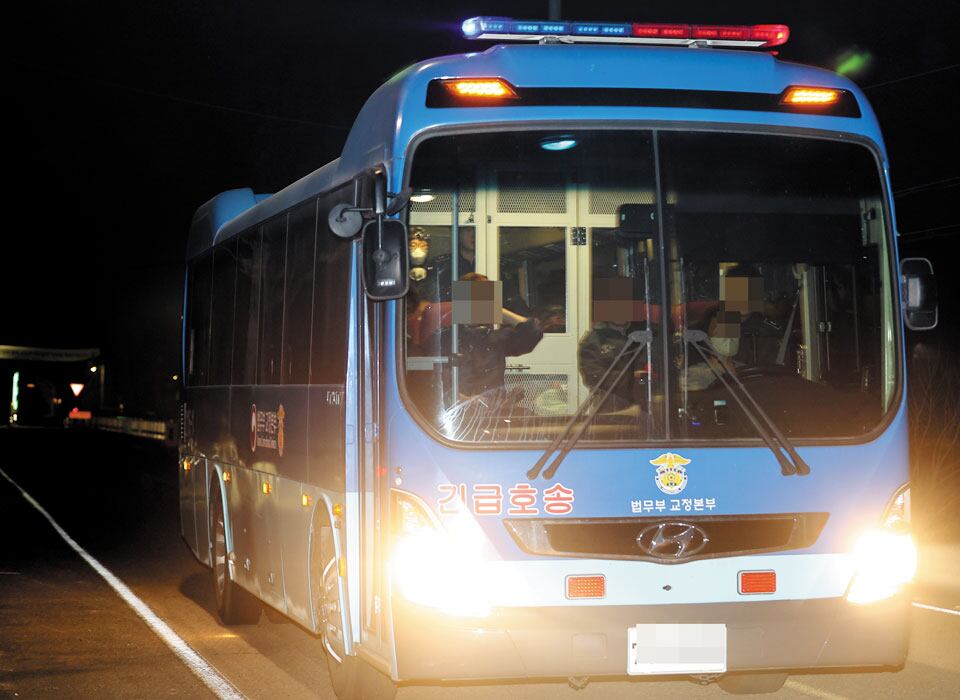
On March 22, a wildfire started in Uiseong, located in North Gyeongsang Province, spreading quickly because of high wind speeds. By March 25, the flames had reached close to Andong Hahoe Village, which holds status as a UNESCO World Heritage site. Additionally, the blaze expanded towards areas such as Cheongsong, Yeongyang, and Yeongdeok further to the east. Consequently, officials from Andong declared an urgent evacuation mandate for local inhabitants.
By 6:30 a.m. on March 26, the nationwide wildfire fatality count had increased to 19 individuals since March 21. The deaths were distributed across several regions: two in Andong, three in Cheongsong, four in Yeongyang, and six in Yeongdeok. Previously, on March 22, four firefighters perished fighting a fire in Sancheong, located in South Gyeongsang Province. Currently, one individual is reported missing, and authorities have cautioned that additional casualties may occur as the inferno continues to expand.
On the afternoon of March 25th, the wildfire grew increasingly perilous as unexpected southern gusts drove the fire towards Andong, home to 150,000 inhabitants. The wind velocities escalated to an alarming 25 meters per second. In response, firefighters dedicated themselves to safeguarding Hahoe Village; they sprayed water onto its traditional thatched rooftops and exterior walls.
Up until now, the blaze in Uiseong has consumed approximately 15,185 hectares of land, an expanse comparable to over 21,000 football fields, which makes it the second most extensive forest fire ever recorded in South Korea’s annals.
As the blaze spread, around 1,000 students at Kyungpook National University’s Andong campus were evacuated. The Ministry of Justice also transferred about 3,500 inmates from Gyeongbuk Northern Prison (formerly Cheongsong Prison) and Andong Prison to other facilities.

Rail service on the Jungang Line passing through Uiseong was halted, and travel was limited on the Seosan-Yeongdeok Expressway.
Evacuation notices were sent out for Yeongyang, Yeongdeok, and Pohang as the flames continued to expand. The Korea Forest Service elevated the nation’s wildfire emergency warning to the utmost degree, labeled as "Severe."
For the first time, an evacuation notice has been given for the whole of Andong. The city faced significant traffic jams as locals hurriedly left the area.
In Cheongsong County, a female resident in her sixties was discovered deceased with signs of burning on her body. Authorities suspect she died while attempting to flee. The area experienced power failures in Cheongsong-eup, and even the monks residing at Daejeonsa Temple within Juwangsan National Park received evacuation orders.
Approximately 90 inhabitants from Pacheon-myeon, Jinbo-myeon, and Andeok-myeon in Cheongsong County were relocated due to the situation.
Several inmates from various correctional facilities have been transferred, among them individuals housed at the Gyeongbuk prison. This facility includes notorious figures like ex-gang boss Kim Tae-chon, fugitive Shin Chang-won, and sexual predator Cho Doo-soon. It also contains Jeon Joo-hwan, who was involved in the Sindang Station killing.
Despite being a coastal area, even Pohang faced impacts. Local officials in Pohang cautioned that regions in the north of the city, such as Jukjang, Gibuk, and Songra, might experience either direct or indirect harm from the disaster, advising inhabitants to be cautious and prepare for evacuation if needed. Additionally, certain segments of National Route 7 leading towards Yeongdeok had to be shut down because of the blaze.
